Mucyo Gasana: Breathing New Life Into Film Photography
Mucyo has practically tried his hand in every avenue of digital photography there is, that was until he discovered his love for film. It appears that with film, he has been able to unlock another level storytelling. His portraits give you the feeling that you know the subject. There is a story there, you just can't describe it because somehow, it goes beyond words. We had a little chat with Mucyo about his journey into film photography.
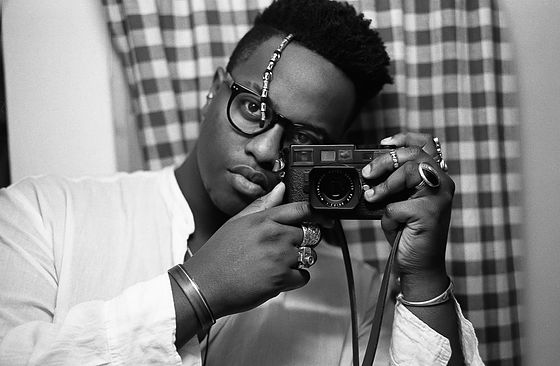
Self-portrait by Mucyo
Mookh: Tell us a little about your life growing up.
Mucyo: I'm Rwandese. I moved from Rwanda when I was about six and I grew up in Nairobi. I went to Peponi. I moved to Canada after high school for university and I started off by studying mechanical engineering. In university I had this epiphany and I realized that I didn't want to graduate and work as an engineer. You know, after high school, you get so good at studying that you could almost do anything because you just know how to study and pass an exam. So, you kind of stop thinking about what you actually want to do. I had taken some courses in industrial design and I enjoyed it. So, I decided to look up some schools and I found some amazing ones in Florence, Italy and that's where I ended up moving to and starting a new degree. I'm graduating in December. My nine to five is my design work. I work for an architecture firm in Nairobi in the capacity of a design consultant. I do everything from layout design to interiors cause my degree is in layout design with product and interior design.
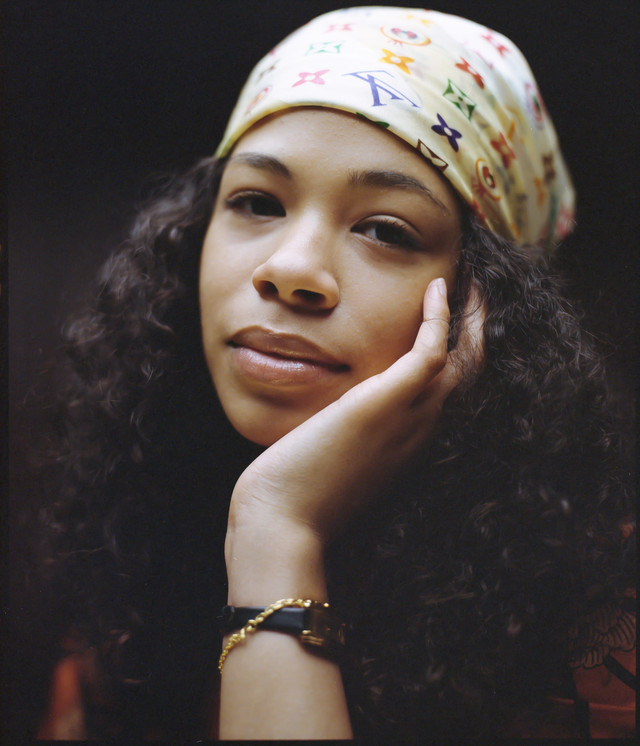
Mookh: Who is Mucyo as an artist?
Mucyo: Who I am is my experiences, the things I love and the things I want to do. I am a designer and I am an artist and my medium is film photography. I try to focus most of my photography work on either private work that's been funded or just private work. I've let go of the commercial side because a lot of it can be so shallow and baseless and without any care for quality or reason. With a lot of it there is no depth. For my art - I speak in terms of photography but this can go for anything - I always tell people shoot what you know, shoot what you love because you can't give a better representation or perspective on anything other than what you know and what you love. For me, that has always been the black woman. I was raised by my mum and I grew up in a house full of women my entire life. I think that's given me an appreciation for the black woman and my art keeps drawing me back to that.
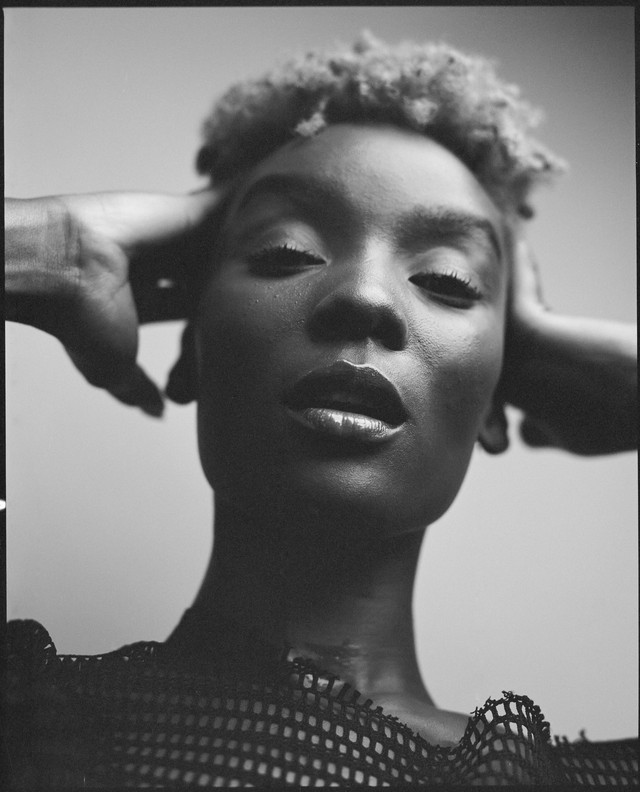
Mookh: What was your first experience with photography?
Mucyo: I was in year 11 and I took a photography course in school. That was cool and I really enjoyed it but it was too academic. Towards the end of it, that kind of annoyed me and I lost interest in it because it was presented to me in such an academic way. Moving to Florence kind of changed everything for me in terms of expressing myself artistically. So, Florence is where I started practicing photography again and I got my first job as a photographer.
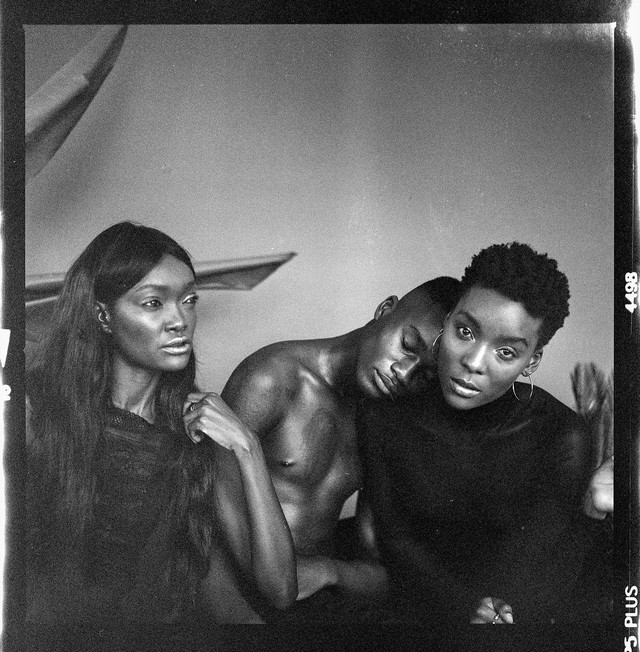
Mookh: Are you self-taught?
Mucyo: Apart from that year 11 course I took, I'm completely self-taught.
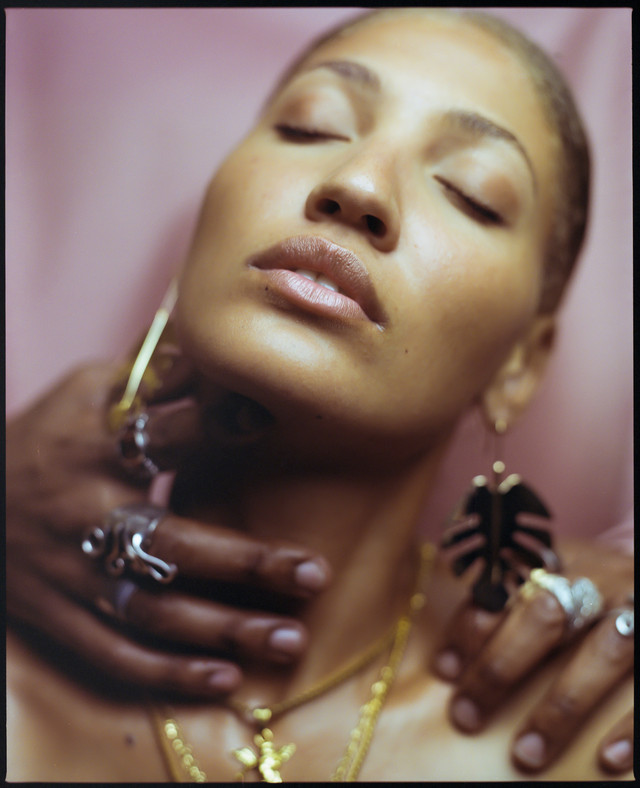
Mookh: How has your work evolved since you started shooting?
Mucyo: Oh my God, for days! The first photography job I ever got was shooting interior spaces. I don't think there is a single restaurant or cafe in Florence that I haven't shot the interiors for. It was kind of like a fluke, I walked into this place once and asked them if I could take pictures for them and they said sure. I took the pictures and they loved them. The marketing lady who worked there and for other spaces asked me to go work for her and that was dope cause it happened in the snap of a finger. I worked for her for about a year before I decided to move on because I wasn't enjoying it anymore. At this time I was shooting all digital. I started shooting portraits briefly before moving on to architecture and urban landscapes. After that, I did a little bit of street photography before moving on to travel photography because at the time I was traveling around Italy a lot. I even used to do food photography but I'd never do that again. It was so tedious. I did some astro photography as well. I think I shot everything apart from weddings. I got to experience a lot quickly. In the span of two years I had done so much and I really got to understand the capacity at which I enjoy certain aspects of photography.
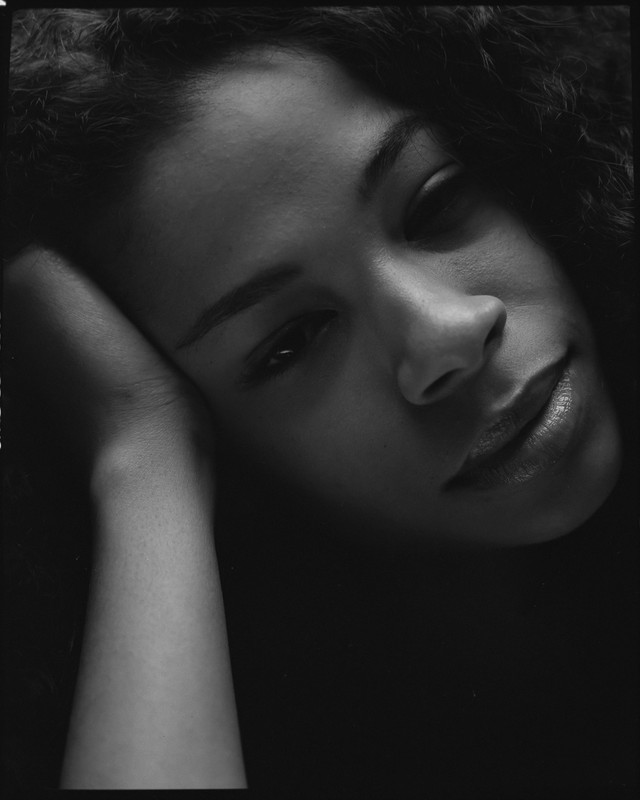
Mookh: What avenue of photography do you prefer?
Mucyo: Right now, I'd describe myself as a documentary style, intimate portrait maker.
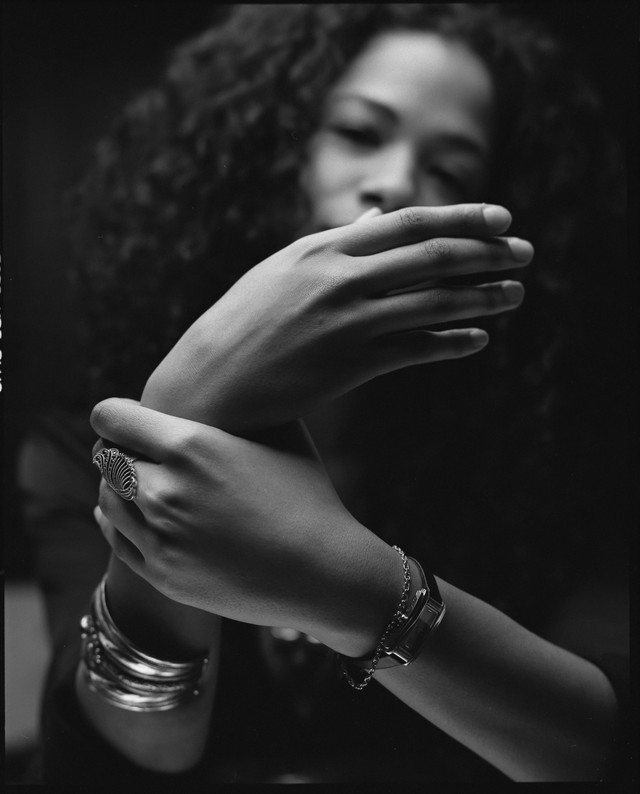
Mookh: Tell us about your journey into film photography.
Mucyo: Within the time I was practicing all those different avenues of photography, I bought my first film camera just to try it out. I was all about trying new things. I started enjoying it then I met a friend, Brian (35mmbrian), when we were going to a museum and I was carrying my film camera. He saw me and we started talking about it because he had just bought one as well. We became best of friends because we both liked this medium and we kinda evolved together. I'd say the ball dropped when I bought my first medium format camera. It just completed what I wanted out of the process of photography. That's when I got back into portraits because it connected with my interest in people. That's when I entered the process fully.
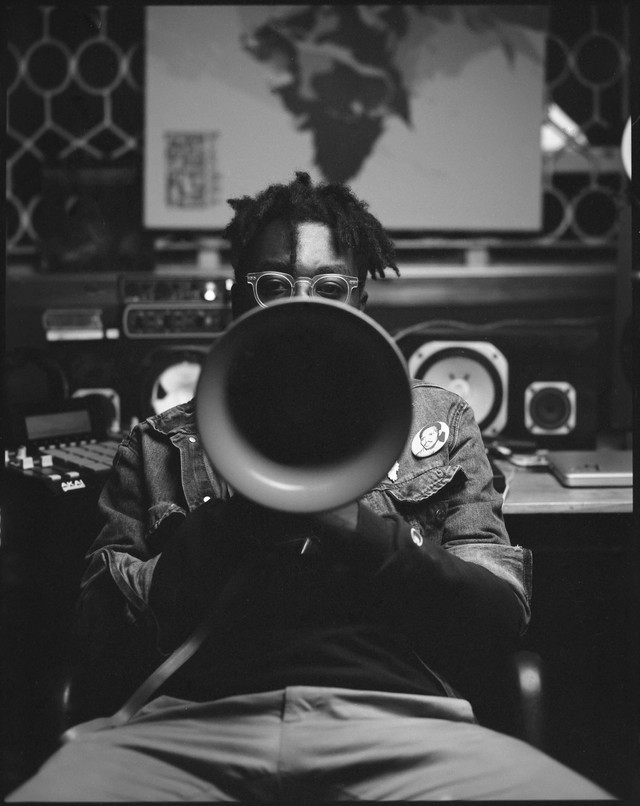
Mookh: Why film?
Mucyo: People ask me all the time if I shoot film because I'm a purist or because it will make my photos better but all the above is wrong. Film will make your photos worse, I promise you. For me, it's purely about the process and how that process makes you better. I know that I could make any portrait or any photograph and I know it will be amazing, for me, because of the sheer amount of work I've put into that photograph alone. With film you have to be super intentional. Most people walk away from a shoot with like 100 photos they can sift through. I usually shoot with one roll per shoot which will give me ten images. So, I know I have to walk away with ten images and that makes the whole process intentional. I have to know what I'm doing from jump. You have to know what you want and that forces you to put more thought into the entire process. Everything from lighting, wardrobe, make up, subject, style, basically everything. That alone has to make you better. There is no way it can't, just because you're putting in more effort than you normally would have.
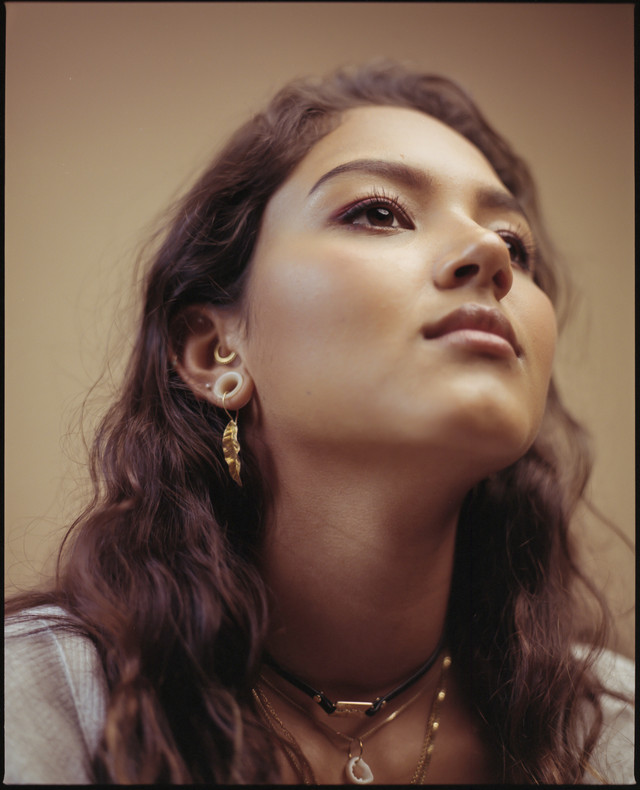
Mookh: What has been the most difficult thing about shooting in film?
Mucyo: I think the hardest part is keeping everything organized. You have to organize yourself on a digital platform like your computer and your drives but I also archive all my negatives, appropriately labeled and filed. That way, 100 years from now the image will still be there, imprinted on light sensitive paper. That's all film photography is, it's printing. Back in the day, when there was no digital scanning, the only way for me as a photographer to show you my work would be for me to shoot, take the negative, go into a dark room, develop the image and make a print. That's the next level for me; doing handmade prints in a darkroom.
Mookh: What drives your creativity?
Mucyo: Shooting what I love and that's people. More specifically women and more specifically women of color. That's what gives me joy in creating. I love to document strong women of color. That's a big inspiration for me and that's what inspired a lot of my projects. I'm also inspired by things that depict reality and have depth. For example, I'm working on a heritage project in Rwanda that documents Rwandese women who have been genocide survivors that have dedicated their lives to preserving a heritage that a lot of people, including Rwandese people, know about but they don't really realize where it came from.
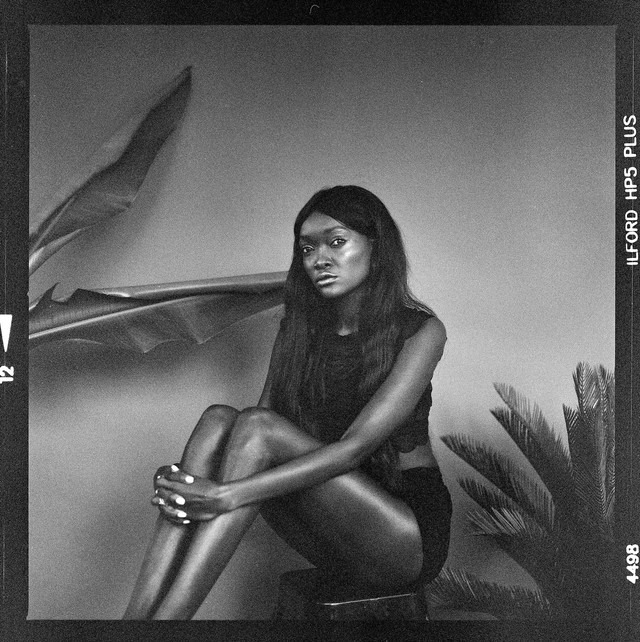
Mookh: Who are your muses?
Mucyo: Individually, it changes all the time but it's always a woman of color. In their strength, in their beauty, in their tenacity and in their unapologetic blackness, it makes me happy. It warms me. And, my mum is also a huge inspiration.
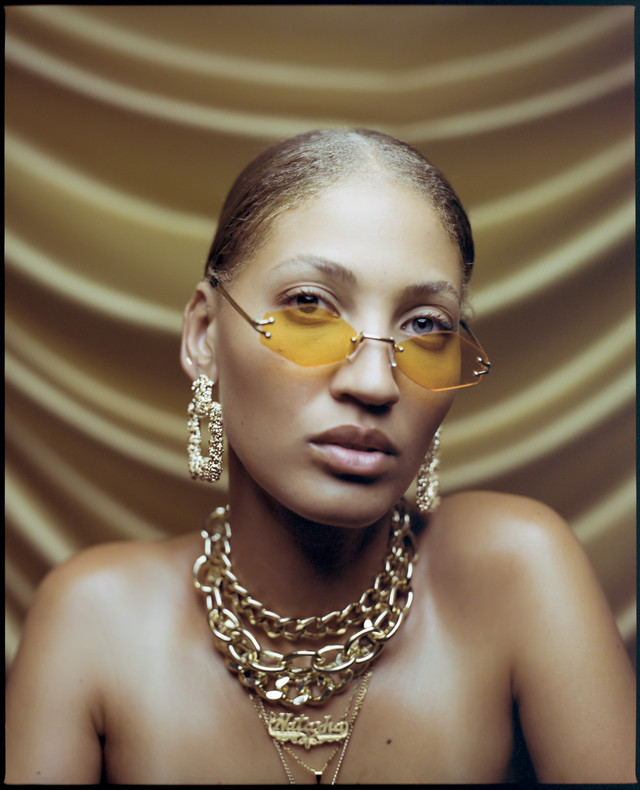
Mookh: What can we expect to see from you in the future?
Mucyo: There is issue 2 of GIAWOC (God Is A Woman Of Color) . It started as a tribute to my mum and my sister then it developed into trying to show a perspective of the most oppressed minority group today. I dedicated the first issue to millennials just as an intro to the project so I could also wrap my head around the idea and what I wanted to do with it. At the time, it felt like it was so big that even I wasn't ready for it. I'd categorize it as my biggest passion project. Issue 1 was an exhibition in Florence in association with Black History Month which was the launch of GIAWOC. The second one, I want it to be more critical and around something more specific. I'm always building on it and I'm always adding to the collection because I'll shoot GIAWOC for the rest of my life. Eventually, it's going to lead to a very thick coffee table book.
Right now, what I'm working on the most rapidly is Artist ID. This was an opportunity to show the bond between an artist and their work. I have featured artists that I feel don't conform to a standard that will appease the community that they operate in. So, far I've featured Patti Endo, Mutua Matheka, Xenia Manasseh and I have Blinky Bill lined up.
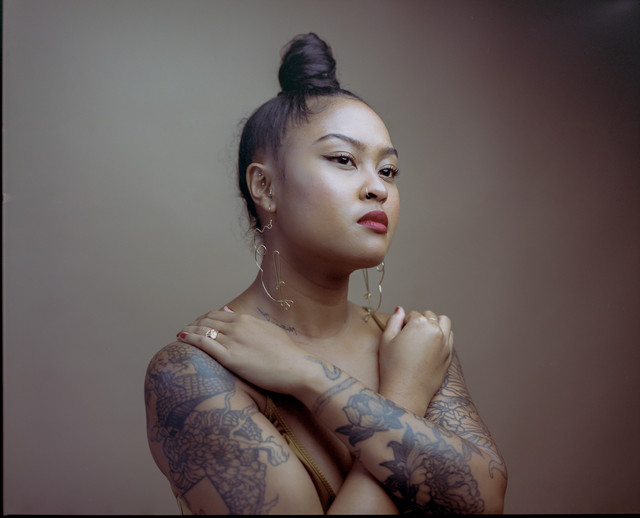
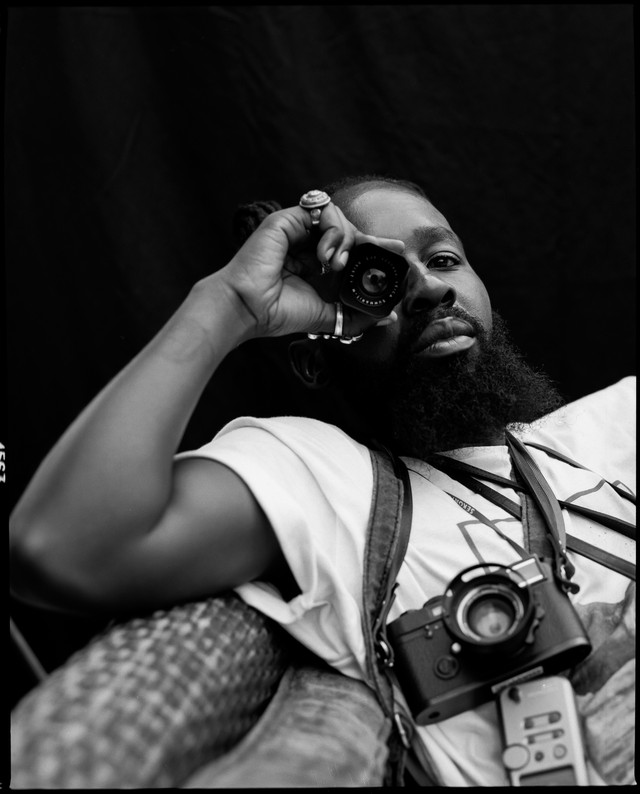
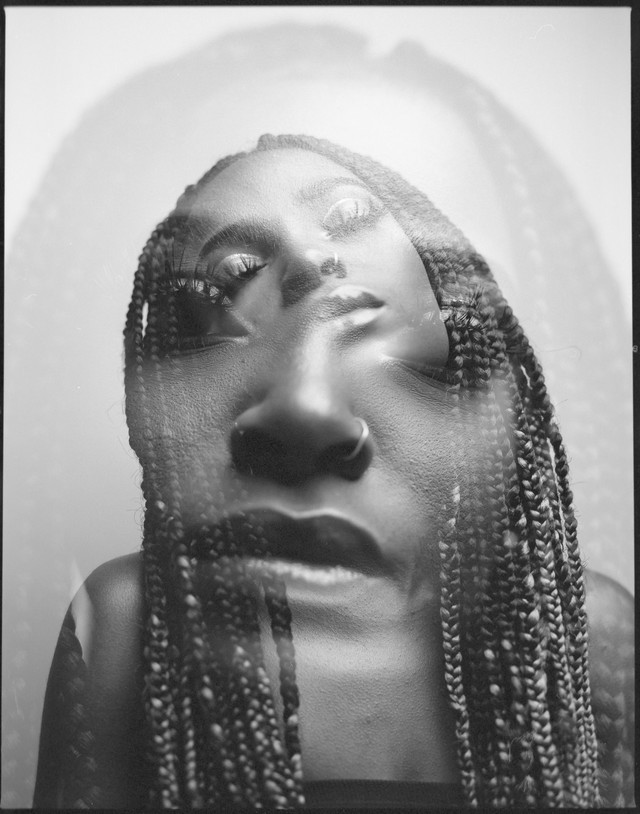
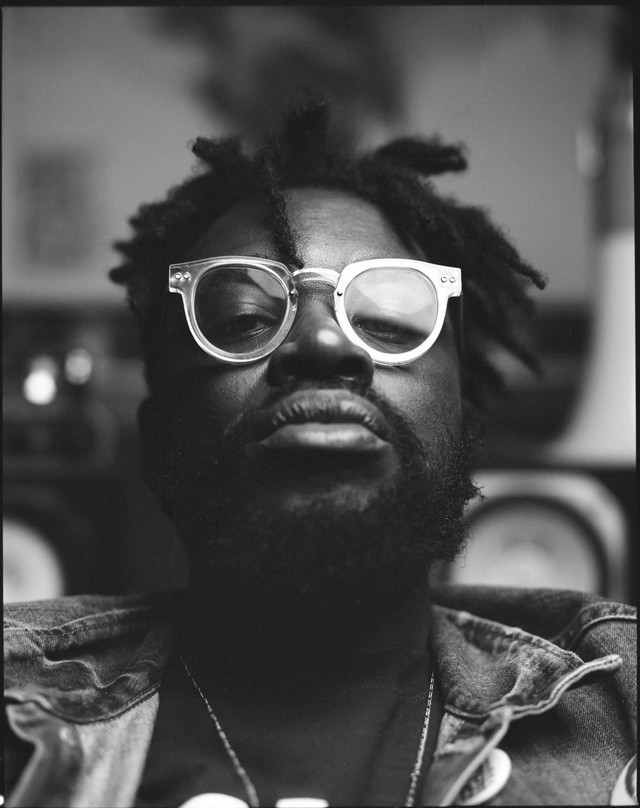
All images shot and edited by Mucyo Gasana

